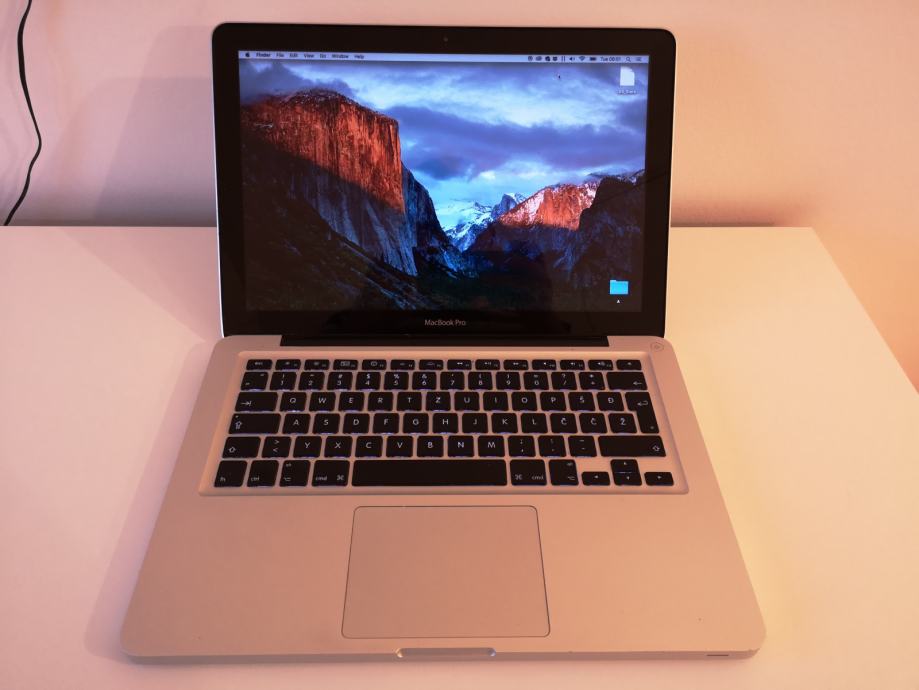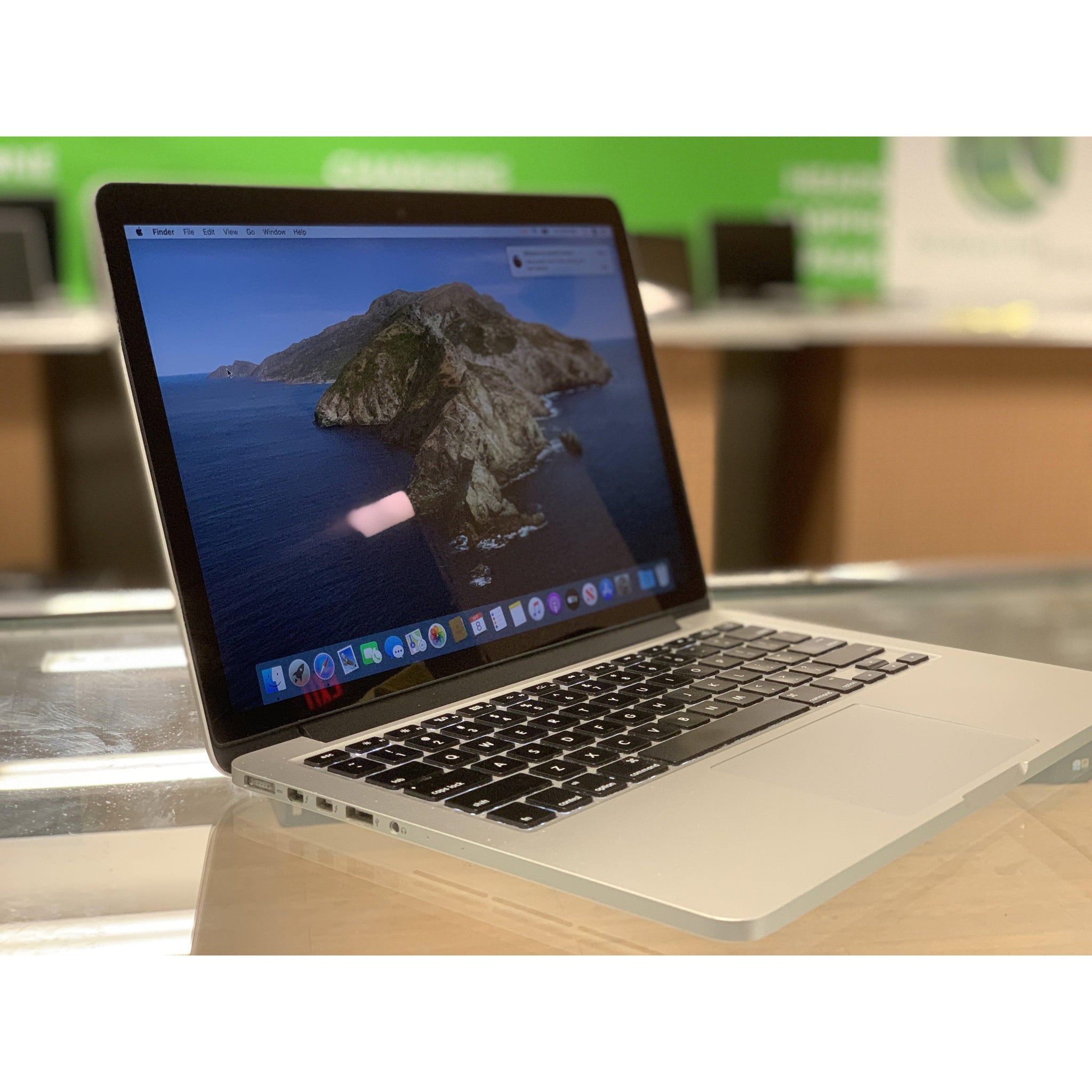
Both PowerPC and Intel Macs can boot from APM (Apple’s old partitioning scheme) hard drives, which is the format you must use to create a universal boot drive in Leopard. Only Macintel models can boot from GPT hard drives. Intel-based Macs use a partitioning scheme known as GPT. This will wake up your ‘Book and restore use of the built-in display. To resume use of the internal display, you need to disconnect the external display, put the computer to sleep, and then open the lid. Since all video RAM is now dedicated to the external monitor, you may have more colors available at higher resolutions. The built-in display will remain off, and the external monitor will become your only display. Your ‘Book will go to sleep, but you can wake it by moving the mouse or using the keyboard. Power up your ‘Book until the desktop appears on the external display and then close the lid. To used closed lid mode, your ‘Book must be plugged into the AC adapter and connected to an external display and a USB or Bluetooth mouse and keyboard (you might also want to consider external speakers).
#Ssd for mid 2010 macbook pro 13 full
Unlike early MacBooks, where every USB port could provide 500 mA of power, only one USB port provides full power – the port closer to the front.Ĭlosed Lid Mode: All Intel ‘Books support “lid closed” (or clamshell) mode, which leaves the built-in display off and dedicates all video RAM to an external display. Note that the built-in display is only capable of 18-bit color, not the full 24-bit color you might expect. At this time we do not know if they apply to the new Unibody model.
#Ssd for mid 2010 macbook pro 13 pro
This is the oldest MacBook Pro to officially support macOS Sierra.Įditor’s note: The next two paragraphs are from the profile of the previous version of the MacBook Pro. Memory and the hard drive are easily accessed from the bottom of the computer. The new model comes in 2.4 GHz and 2.66 GHz versions.

The black keys look sharp with the aluminum enclosure, and the 13″ MacBook Pro only comes with a glossy screen. The 13″ MBP uses the same keyboard as before, complete with backlighting. The entire trackpad functions as the mouse button.

It supports 1-, 2-, 3-, and 4-finger gestures. The glass trackpad is the same one found in the previous generation of MacBook Pro models. 4 GB of RAM is standard (8 GB maximum), and hard drives are bigger. CPU speeds for the new 13-incher are 2.4 GHz and 2.66 GHz, about 5% faster than least year’s models. The 13″ MacBook Pro is the only Pro model to retain the Intel Core 2 CPU – the bigger MacBook Pro models ship with Intel’s new i5 CPU and can be custom ordered with the more powerful i7. They all use new Nvidia GPUs and claim to increase battery life – in the case of the 13″ model, from 7 hours to an impressive 10. Apple introduced redesigned MacBook Pro models in April 2010.


 0 kommentar(er)
0 kommentar(er)
